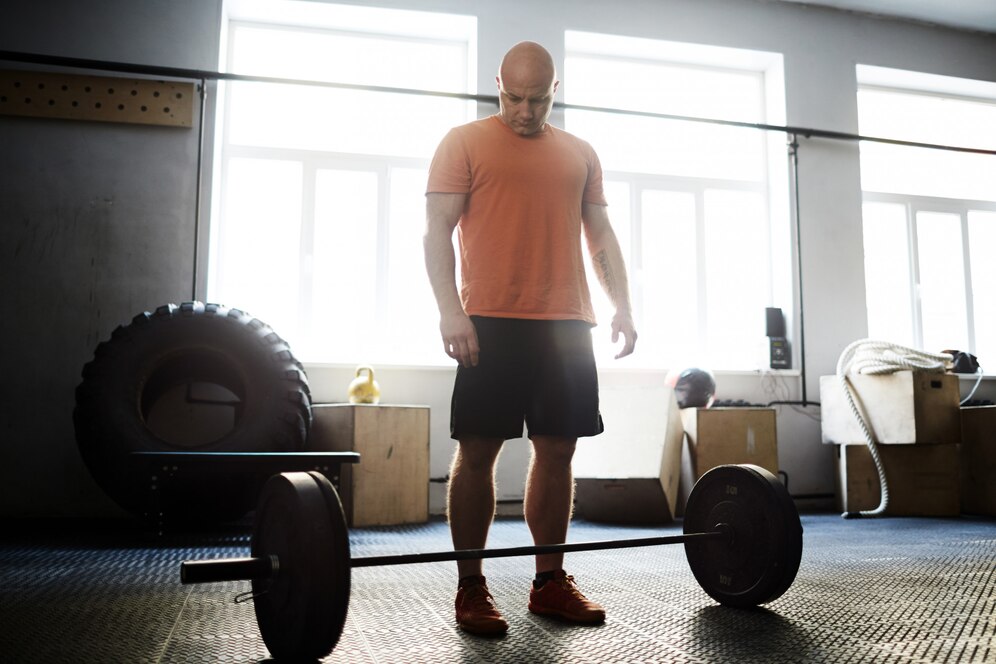Outline
- Introduction to squats
- Anatomy of the squat
- H1: Primary muscles targeted
- H2: Quadriceps
- H2: Glutes
- H2: Hamstrings
- H1: Secondary muscles involved
- H2: Core muscles
- H2: Lower back muscles
- Benefits of squats
- H1: Strength gains
- H1: Improved posture
- H1: Enhanced functional movement
- Different types of squats
- H1: Bodyweight squats
- H1: Barbell squats
- H1: Front squats
- H1: Sumo squats
- Common mistakes to avoid
- Tips for maximizing squat effectiveness
- Conclusion
What Muscles Do Squats Work
If you have ChatGPT 4, then try this: https://bit.ly/Jumma_GPTs
Introduction
Squats are a fundamental exercise in any strength training regimen, targeting various muscles in the lower body and core. Understanding which muscles are engaged during squats is essential for maximizing their effectiveness and preventing injury.
Anatomy of the Squat
Quadriceps
The quadriceps, located at the front of the thigh, are heavily engaged during squats. They consist of four muscles: the rectus femoris, vastus lateralis, vastus medialis, and vastus intermedius. These muscles work together to extend the knee during the upward phase of the squat.
Glutes
The glutes, comprising the gluteus maximus, gluteus medius, and gluteus minimus, are the primary movers during squats. They are responsible for hip extension, which is crucial for standing up from a squatting position.
Hamstrings
The hamstrings, located at the back of the thigh, act as stabilizers and assist in knee flexion during squats. While not as heavily engaged as the quadriceps and glutes, the hamstrings play a significant role in maintaining proper form and stability.
Core Muscles
Squats also engage the core muscles, including the rectus abdominis, obliques, and transverse abdominis. These muscles help stabilize the spine and pelvis, ensuring proper alignment and preventing injury during squats.
Lower Back Muscles
The erector spinae muscles, located along the spine, play a vital role in maintaining an upright posture during squats. While primarily stabilizers, they are also engaged to some extent in the upward phase of the squat.
Benefits of Squats
Strength Gains
Squats are one of the most effective exercises for building lower body strength. By targeting multiple muscle groups simultaneously, squats help increase muscle mass and improve overall strength.
Improved Posture
Proper squat technique requires maintaining a neutral spine and upright posture, which translates to better posture in daily activities. Strengthening the muscles of the core and lower back through squats can help alleviate back pain and improve posture over time.
Enhanced Functional Movement
Squats mimic real-life movements such as sitting, standing, and lifting, making them highly functional exercises. By improving strength and mobility in the lower body, squats can enhance performance in various activities and reduce the risk of injury.
Different Types of Squats
Bodyweight Squats
Bodyweight squats are a beginner-friendly variation that requires no equipment. They are excellent for improving form and building foundational strength before progressing to weighted squats.
Barbell Squats
Barbell squats involve lifting a weighted barbell on the shoulders while performing squats. This variation allows for greater resistance and is commonly used to build muscle mass and strength.
Front Squats
Front squats involve holding the barbell in front of the body, resting on the front shoulders. This variation places more emphasis on the quadriceps and core muscles and can help improve posture and balance.
Sumo Squats
Sumo squats involve taking a wider stance with the toes pointed outward, targeting the inner thighs and glutes to a greater extent. This variation is beneficial for improving hip mobility and strengthening the muscles of the inner thigh.
Common Mistakes to Avoid
To maximize the effectiveness of squats and prevent injury, it’s essential to avoid common mistakes such as rounding the back, allowing the knees to cave inward, and not squatting low enough. Maintaining proper form and technique is key to getting the most out of squats while minimizing the risk of injury.
Tips for Maximizing Squat Effectiveness
- Warm up properly before squatting to increase blood flow to the muscles and reduce the risk of injury.
- Focus on maintaining proper form throughout the entire range of motion, keeping the chest up, back straight, and knees tracking over the toes.
- Gradually increase the weight and intensity of squats over time to continue challenging the muscles and promoting growth and strength gains.
Conclusion
Squats are a versatile and effective exercise for targeting multiple muscle groups in the lower body and core. By understanding the anatomy of the squat and the muscles involved, individuals can tailor their workouts to achieve their specific fitness goals while minimizing the risk of injury.
FAQs
- Are squats safe for beginners?
- Squats can be safe for beginners when performed with proper form and technique. It’s essential to start with lighter weights or bodyweight squats and gradually progress as strength and proficiency improve.
- How often should I do squats?
- The frequency of squat workouts depends on individual goals and fitness levels. Beginners may start with 2-3 sessions per week, while more advanced lifters may squat 3-4 times per week with adequate rest between sessions.
- Can squats help with weight loss?
- Squats can contribute to weight loss by building lean muscle mass, which increases metabolic rate and calorie expenditure. However, weight loss also depends on factors such as diet, overall activity level, and consistency with exercise.
- What should I do if squats cause knee pain?
- If squats cause knee pain, it’s essential to assess form and technique to ensure proper alignment. Additionally, reducing the depth of the squat or incorporating modifications such as box squats or lunges may help alleviate knee discomfort.
- Are there variations of squats for people with limited mobility?
- Yes





